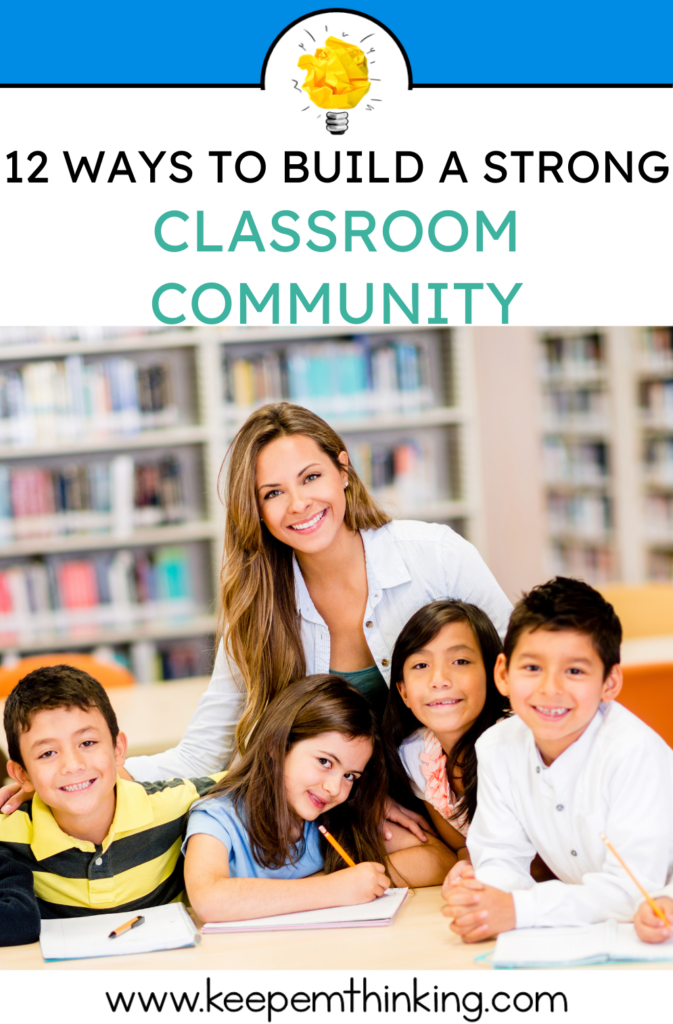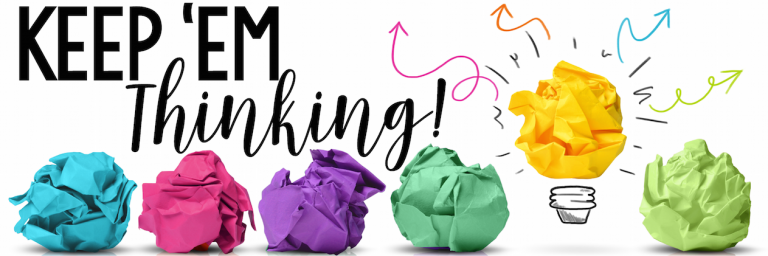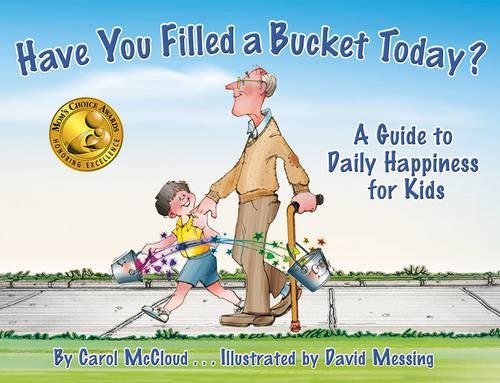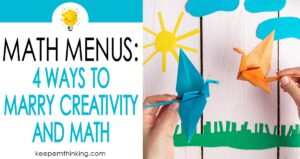It’s almost time for the new school year to begin! You want a beautiful classroom, but more importantly, you want to build a strong classroom community. You’ve spent hours putting up cute bulletin boards, making student name tags, and labeling everything. Your room is bright and happy, and your students are going to love it! Now you need ideas for building your classroom community.
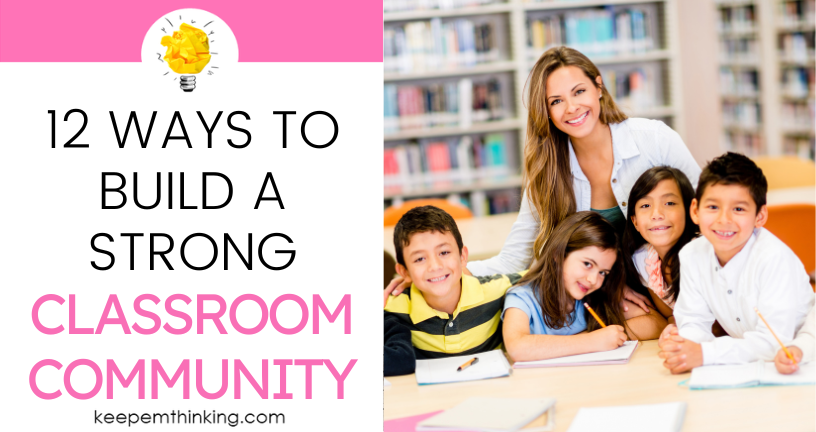
Your classroom needs to be a safe and welcoming place. Your students need to know they belong. You’re going to be with your students for the next year, so it’s important to establish relationships with your students. You can accomplish all of this by creating a classroom community.
A classroom community consists of students who feel a sense of belonging. Your classroom is safe, positive, and productive. Students collaborate and build relationships with you and their classmates. Here are 12 ways to build a classroom community.
1. Talk about filling buckets.
Build a strong classroom community by teaching your students to be bucket-fillers. Start by reading the book, Have You Filled a Bucket Today? by Carol McCloud. This book teaches students valuable lessons about giving, sharing, and caring. Children will learn that everyone has an invisible bucket. If we say hurtful things to others, we empty their buckets. When we speak kind words and help others, we fill up their buckets. This book teaches students how to be bucket-fillers through positive behavior.
After reading the book, make an anchor chart with students. Title it, “How to be a Bucket-Filler.” Fill the chart with students’ ideas about how they can fill others’ buckets. Check in with students daily by asking them to share how they filled a bucket.
2. Give shout-outs.
Find a bulletin board, a door, or an empty space in your classroom. Cut out some letters that say “Shout Outs.” Place a basket of sticky notes and pens near the space.
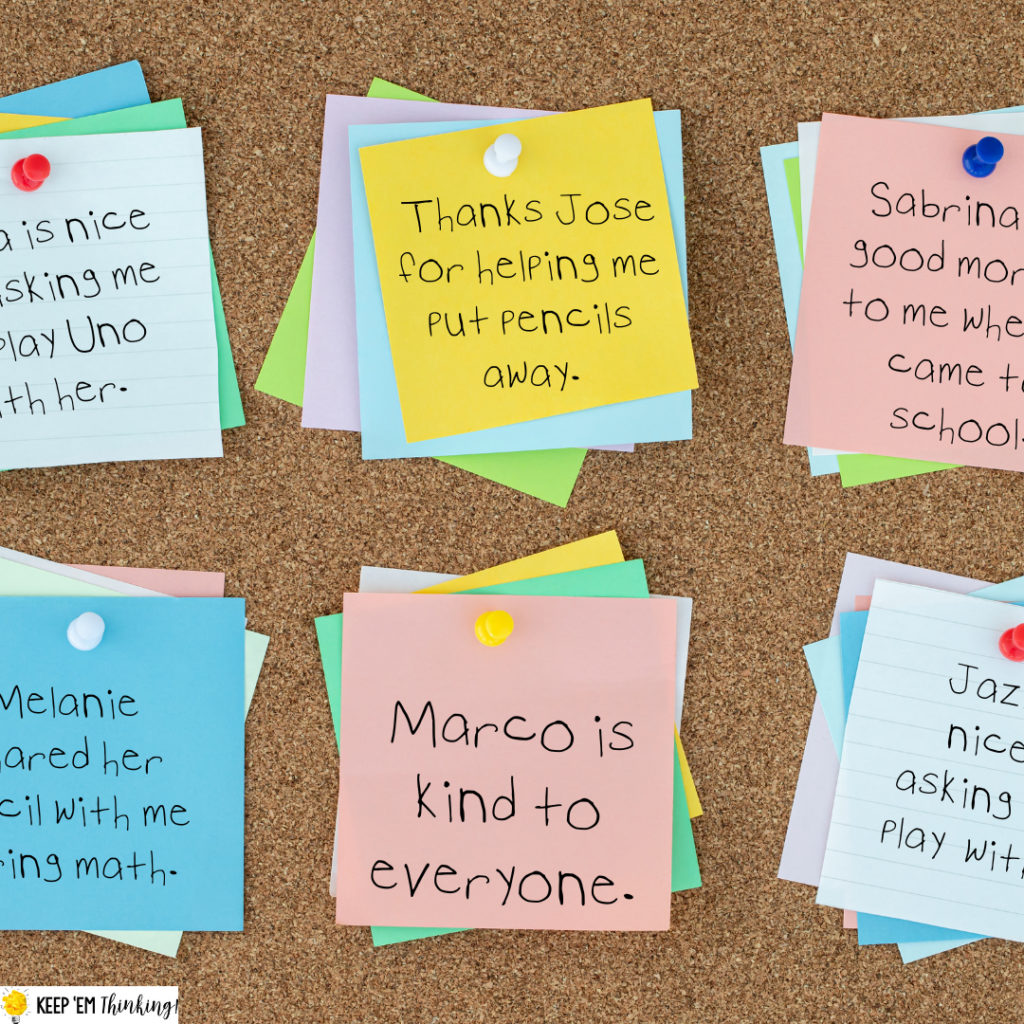
Challenge students to give “Shout Outs” to their peers. When they want to give a shout-out, they write it on a sticky note and place it on the board. Students can look at the board every day.
Monitor the board to make sure everyone gets recognized. If you notice that someone hasn’t been recognized, write a note to them. You are building classroom community, so it’s important that everyone feels noticed and appreciated.
You can clean the board weekly and let students keep their notes. Give each student a plastic sandwich container to store them in. You could even collect them and make a book for each student at the end of the year.
3. Use student photos.
There is no better way to create a classroom community than to make students feel important.
One great way to do this is to find a place to display student photos. If you send home a welcome letter, invite families to send a few family photos. You can also easily incorporate student photos by taking pictures of classroom activities. Don’t have time for that? Create a Class Photographer job and assign a student to do that. Your students will love seeing their pictures in the room and it is a great way to help them feel like they are part of the bigger community.
This is a great way to make everyone feel at home in your classroom. It’s also a great way to show your students that everyone is important and valued.
4. Display student work.
Find a bulletin board to display student work. Let students choose a piece of work that they are proud of. This can be a homework assignment, an art project, or a piece of writing. Let students attach a note telling why they are proud of this work.
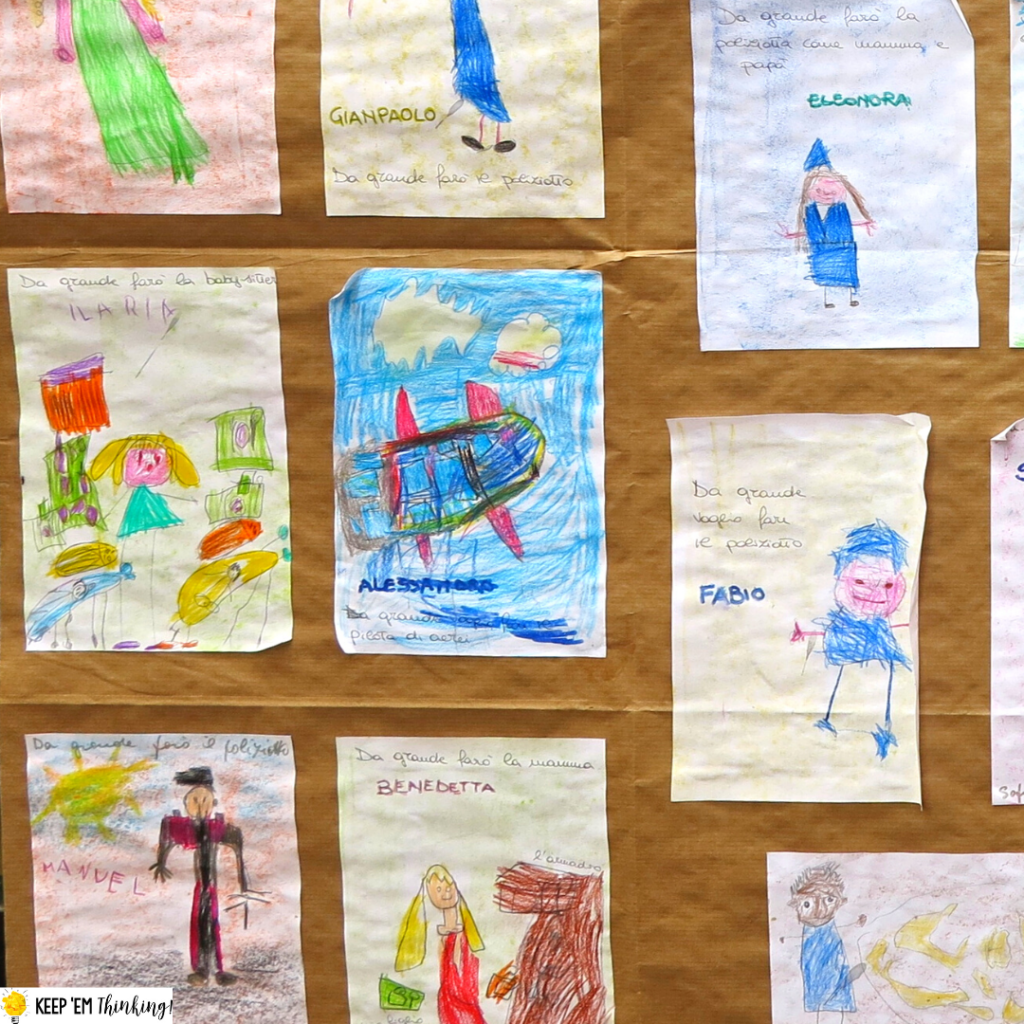
Parents love keepsakes, and students love to look back at their work. Ask a local pizza restaurant if they would donate a pizza box for each student. As you change out the work, put each child’s papers in their pizza boxes. If you don’t have time to do this, assign this to a student as a classroom job. You can also ask a parent volunteer to come in weekly to do this for you.
At the end of the school year, let students decorate their boxes with paint, paper, or stickers. Students will love decorating them, and they will love taking home this special keepsake. If you have an art teacher, ask them if they are willing to take on this project for you.
5. Set clear classroom rules and expectations.
Students need to know exactly what is expected of them. Use the first weeks of school to establish clear rules and expectations with your students. Let your students have a voice in the class rules. They will probably come up with many more than you would! Allowing students to take part in writing the rules gives them a voice and makes them feel important.
Talk about the class expectations and why they are in place. When students feel a sense of ownership you will be amazed at how they help enforce the class rules and expectations. And when they understand the reason behind the rules and procedures they will help to keep others in check too.
You could even let the students come up with a class motto. Each day could start with students reciting the motto together. It’s another way to show students they are all an important part of your classroom community.
6. Do fun activities.

Take time to have fun with your students. If you have a few extra minutes between lessons, use it to play a game. Even a content-focused game is still a great mental break and adds a level of fun that your students will love.
Ask your students “Would You Rather” questions or do a fun Mad Lib activity.
Find student-appropriate jokes and let students laugh for a few minutes.
Set up a weekly show and tell session. Students of all ages love to show their treasures to others!
You can choose a few students per week, or let everyone take a turn. Send a note to parents letting them know that it’s ok for students to bring (parent-approved) items to school.
7. Use positive language.
You can still correct unwanted behaviors in a positive way. Students will respect you more if you kindly talk to them. You can build a classroom community by speaking to everyone in a positive tone.
Instead of telling students not to be loud, ask them to please use their inside voices. Praise students who are following the class expectations. Say something like, “I love the way that Sophie is cleaning up her materials.”
8. Make Group Activities a Norm

Working with others is a surefire way to help people feel like they are part of a bigger group. This is easily accomplished in the classroom with group activities. Make it a normal event for students to work with each other.
Students can work together on lessons, but these joint activities might also include things like keeping the classroom clean.
You can also set goals for the class as a whole. Make sure that the goal is something that will require everyone to participate and help with in order to succeed. It might be the class reading 100 books in a month or creating a kindness chain that is 10 feet long. These types of activities encourage students to think beyond themselves – they must work for something that benefits others.
9. Be inclusive.
The Association for Children’s Mental Health says that one in five children has a diagnosable emotional, behavioral, or mental health disorder. If you create a supportive and inclusive classroom community, you are showing students that everyone matters.
Make every child feel important. Teach your students that everyone is equal and respected. Let them know that our differences are what make us special. This naturally builds opportunities for teaching character traits like empathy.
Read books that include diverse cultures, children with special needs, and acceptance. Children need to be exposed to all types of people. They need to learn how to treat others. This is an excellent way to strengthen your classroom community.
10. Make your classroom a comfortable space.
Build your classroom community by creating a cozy classroom. Check with your administrators to see what items are allowed. Some teachers use lamps to make their classrooms cozier. Many teachers create reading corners with soft blankets and pillows. You could even let students choose a stuffed animal to be their reading buddy.
Many classrooms are also using flexible seating with their students. You can use yoga balls instead of chairs. Let students use bouncy bands to get their movement out. Many students like cushions or wiggle seats in their chairs. These items make students more comfortable, which makes them feel important and loved.
11. Do a community project.
There is no better way to teach the concept of a classroom community than to let students serve their community.

Check with agencies in your community and see what your classroom can do to help. Come up with a list of ideas and let your students choose a project.
Students can collect items for cancer patients at the local hospital. They can raise money for an animal shelter. If you have room outside, students can plant a garden and donate food to those in need.
Doing a service project shows students that everyone matters. It teaches them to empathize with others.
It’s a great way for students to work together to build their classroom community.
12. Greet students every morning.
Developing a strong classroom community means including everyone. One easy way to do this is to greet individual students each morning.
Stand in the hallway outside your door each morning. Smile as you see each child. Greet them by name and tell them you are glad they are at school.
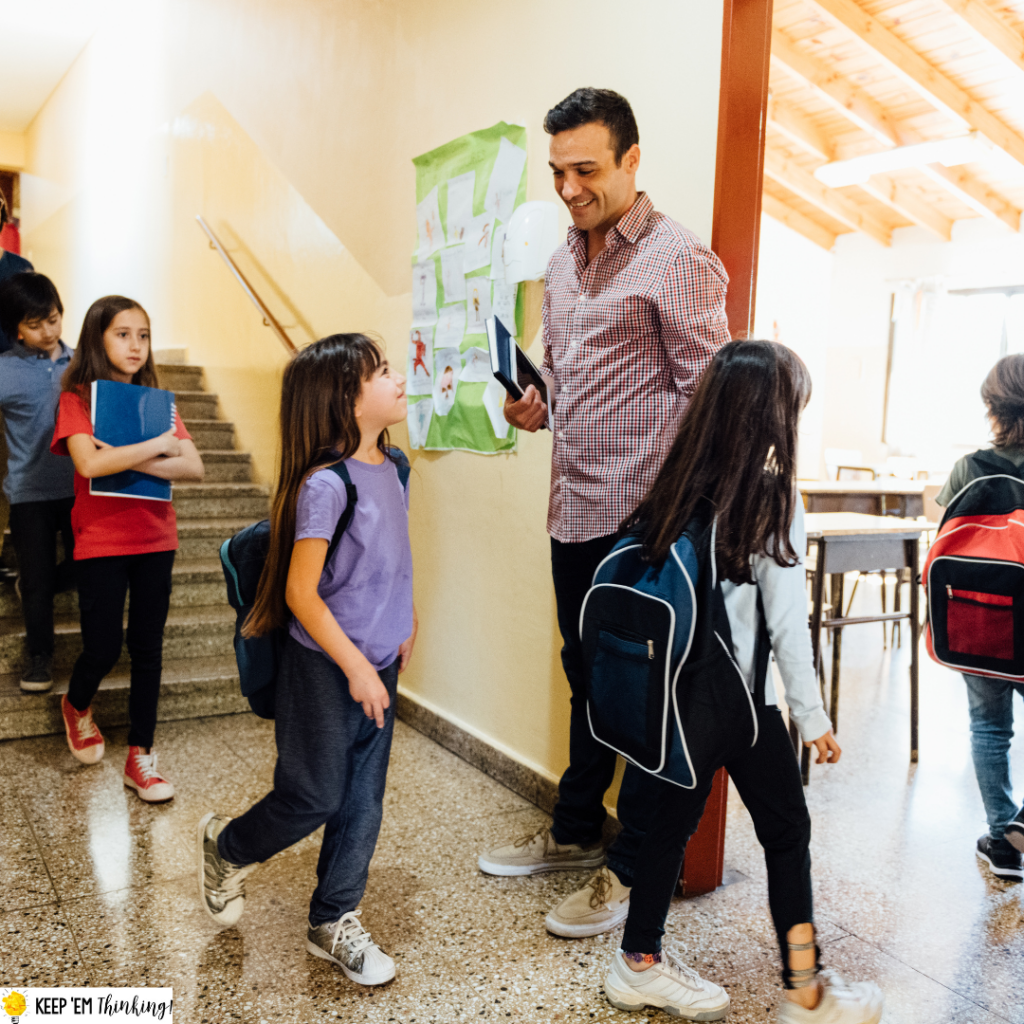
You can even let students choose their own greeting. Some students may want a fist bump. Other children may want a high five. Students may choose a simple hello with a friendly smile.
Taking the time to greet students individually, by name, every day, reminds them how important they are. It’s a great way to start the day in a positive way.
Classroom community is a vital part of a happy classroom. It takes planning upfront, but it’s absolutely worth it. Your students will be happier, healthier, and more productive if they know how important they are. Amazing things can happen when everyone works together.
Save it for Later
Be sure to pin this to your favorite classroom Pinterest board, so you’ll be able to get back to 12 ways to build a strong classroom community!
